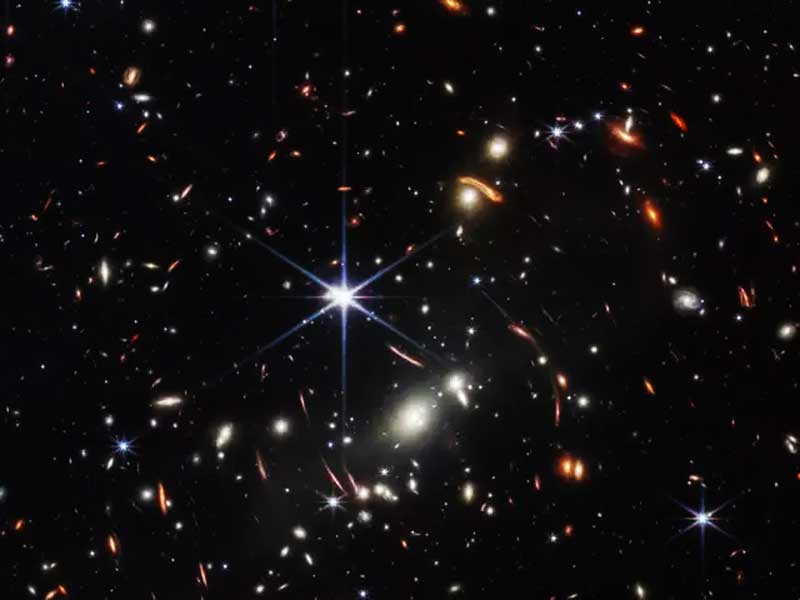How can we see light from 13 billion years ago? It may seem like an impossible question, but with the help of modern technology, it is actually possible! In this article, we will discuss how scientists are able to study the early universe by looking at ancient light. We will also explore some of the challenges that come with this type of research. So, if you’re curious about how we study the origins of the universe, keep reading!

One of the most important tools that scientists use to study the early universe is the telescope. With the help of telescopes, we are able to see objects that are incredibly far away. For example, the Hubble Space Telescope has allowed us to see galaxies that are billions of light-years away! This is an amazing feat, and it would not be possible without the help of modern technology.
However, there are some challenges that come with studying the early universe. One of the biggest challenges is that the universe is constantly expanding. This means that objects that are far away from us are actually moving away from us! As a result, it is difficult to study objects that are very far away. Another challenge is that the universe is filled with a lot of dust and gas. This can make it difficult to see objects that are far away.
Despite these challenges, scientists have been able to learn a lot about the early universe by studying ancient light. For example, by looking at the light from distant galaxies, scientists have been able to learn about the history of star formation in the universe. Additionally, by studying the light from quasars, scientists have been able to learn about the conditions in the early universe.
Overall, it is amazing that we are able to study the early universe by looking at ancient light. This research helps us to better understand our place in the universe, and it also allows us to learn about the conditions that existed in the early universe. With the help of modern technology, we will continue to make new discoveries about the universe!
Nasa’s James Webb Space Telescope
Nasa’s James Webb Space Telescope is set to launch in 2021 and will allow scientists to study the universe like never before. The telescope is equipped with a powerful camera that can detect light from the very early universe. With the help of this telescope, we will be able to see light from 13 billion years ago! This will give us a better understanding of how the universe began and how it has evolved over time.
The James Webb Space Telescope is an incredible piece of technology that will allow us to see the universe in a whole new way. I can’t wait to see what discoveries we make with it!
How has light from 13 billion years ago not passed us by?
One of the ways scientists study the early universe is by looking at light that’s been traveling to us for billions of years. This might seem like an impossible feat, but with modern technology, it’s actually possible!
The James Webb Space Telescope (JWST) is a powerful tool that will allow scientists to study the early universe in great detail. The telescope is scheduled to launch in 2021 and will be able to detect light from the very first stars and galaxies that formed after the Big Bang.
One of the main goals of JWST is to study the formation of stars and galaxies. By looking at the light from these ancient objects, scientists will be able to learn about the conditions in the early universe. Additionally, JWST will also be able to search for signs of life on other planets.
The telescope is named after James Webb, who was the administrator of NASA during the
It is said that a picture is worth a thousand words. In the case of looking back at the early universe, photographs taken by space telescopes have given scientists an incredible amount of information about what conditions were like in the very beginning. One of the most famous images taken by a space telescope is known as the “Hubble Ultra Deep Field”.